Hale Radio Haaki Haadu Keluva… Maja Maadutha Preethi Varthe Keluva… goes the song from Kichcha Sudeep’s Kannada blockbuster Kempegowda.A morose atmosphere can be enlivened by music and radio plays an integral part of music even now amidst the onslaught of social media and the World Wide Web. The small and nondescript radio, sitting at the corner of homes now, first crackled with the voice of Poet Laureate Rashtrakavi Kuvempu. He rendered his poems on Sept. 10, 1935, marking the first-ever radio transmission in Mysore. The rest, as they say, is history.
Go on a nostalgic journey with this Weekend Star Supplement that features ‘Sangeeta Sannidhi Naadaalaya’ housing a large collection of rare musical instruments used by stalwarts of Karnatak and Hindustani Music during early days of Mysore All India Radio (AIR).
By M.B. Pavan Murthy
Idu Aakashavani Mysuru… Bringing radio alive
We all know someone in the family or among friends hooked to the All India Radio aka Akashvani. There are several people across the society who continue to maintain their daily schedules based on the various programmes broadcast on AIR.
This sort of loyalty is what has kept AIR afloat for all these decades. Despite the onslaught of other FM channels that fill the airwaves at all times of the day, there is something charming about AIR that keeps radio listeners tuned in. But few people know that the earliest history of the AIR began in a small room in Mysuru.
It started way back in the year 1935. Since its inception, many notable Karnatak and Hindustani Classical musicians from all parts of the country have visited Mysuru and have regularly performed.
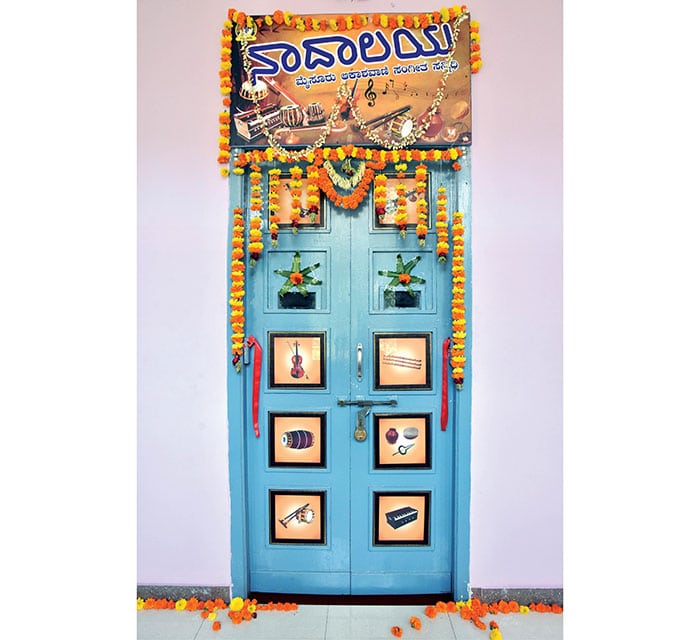
Showcasing Stalwarts at Sangeeta Sannidhi Naadaalaya
The older generation still speaks about those marathon concerts. In an effort to commemorate those musical stalwarts and showcase the legacy of Karnatak and Hindustani Classical Music, Mysore All India Radio has set up an exclusive museum for musical instruments. The museum ‘Sangeeta Sannidhi Naadaalaya’ was inaugurated by scion of the Mysuru royal family Yaduveer Wadiyar on Dec. 19.
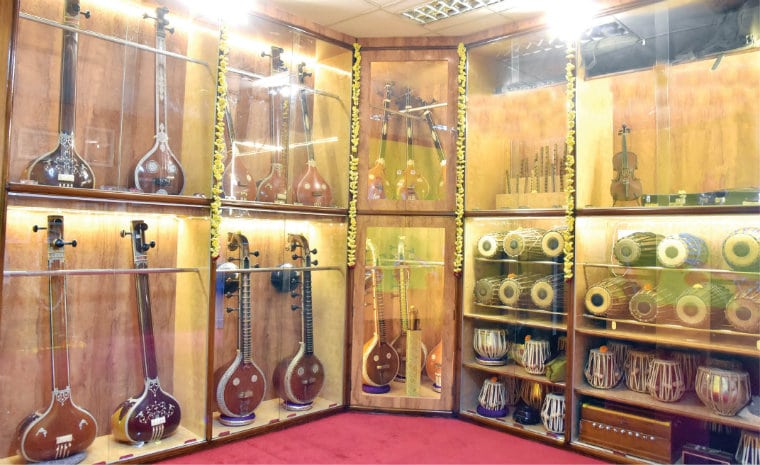
This museum houses a large collection of musical instruments used by stalwarts of Karnatak and Hindustani Music during early days of Mysore All India Radio. Around 10 Tamburis, four Veenas, 13 Mridangams, Violins, Flutes, Harmoniums and Tablas are gracing the walls of the newly established gallery. All the instruments are still in perfect working condition.
There is also a 20-minute audio-visual presentation telecast via an LED TV which provides information related to the gallery to curious visitors. The space housing the gallery now was earlier a Tape Library of Mysuru All India Radio.
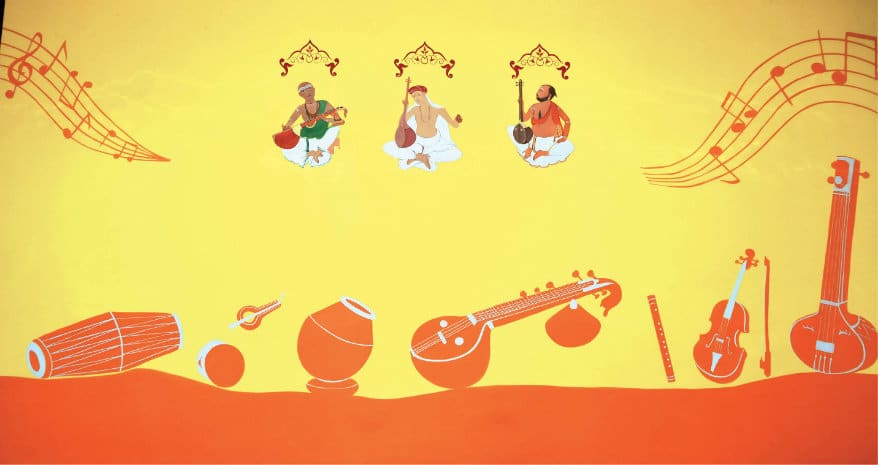
Also, this state-of-art gallery houses vast collection portraits of popular Karnatak and Hindustani musicians and composers including Veene Sheshanna, M.S. Subbalakshmi, Mysuru Vasudevacharya, P. Chowdaiah, Muthaiah Bhagavathar, Dr. B. Devendrappa, V. Doreswamy Iyengar, Mysuru Sadashivarao, Dr. M. Balamuralikrishna, Pandit Bhimsen Joshi and others. Portraits of Vaggeyakaras including Shyama Shastri and Purandaradasa sketched by CAVA students also adore the walls of the gallery.
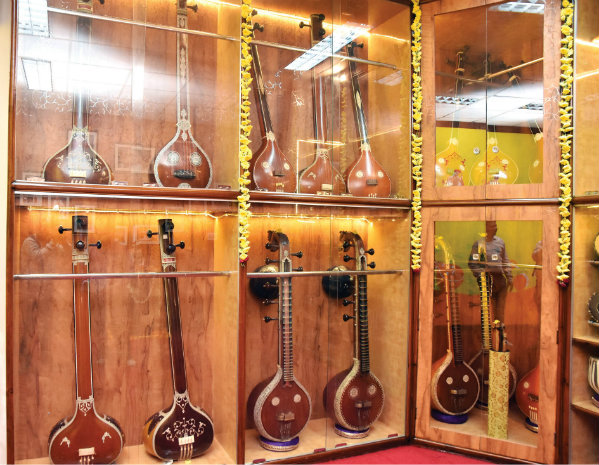
About Vaggeyakara
‘Vaggeyakara’ is a unique term aptly used in Karnatak art form. It refers to the person who does the job of a ‘lyricist’ as well as a ‘composer’. In western world, a ‘lyricist’ just creates the words (Sahitya) of the song while the ‘composer’ sets the lyrics to the tune. But in Karnatak music, mostly, it is the same person who composes the lyrics as well as set it to the raga (tune) and tala (rhythmic meter) according to the intended emotion of the song.
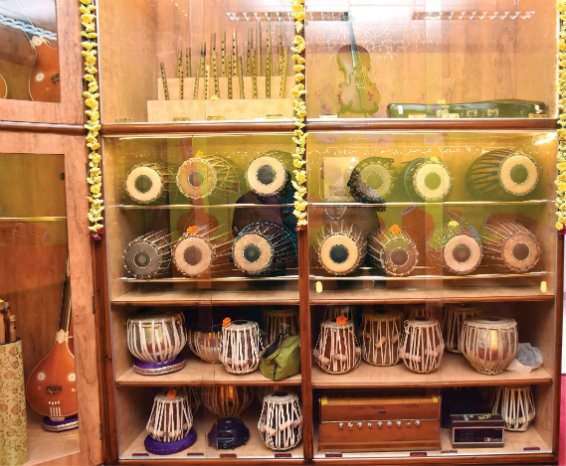
Baby Veena
Noted violinist from Mysuru P. Shamanna had gifted a beautiful baby Veena to his daughter Vidushi Mysuru S. Rajalakshmi (in pic), who is also a noted Veena exponent, when she was eight years old. Mysuru S. Rajalakshmi has donated this 100-year old Veena to Akashvani Mysuru and can be seen in the museum now.
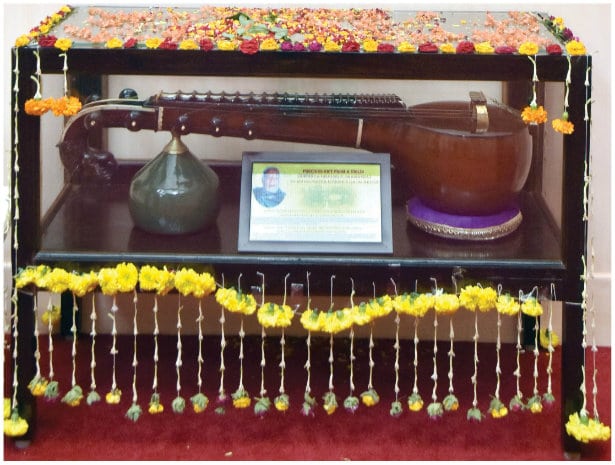
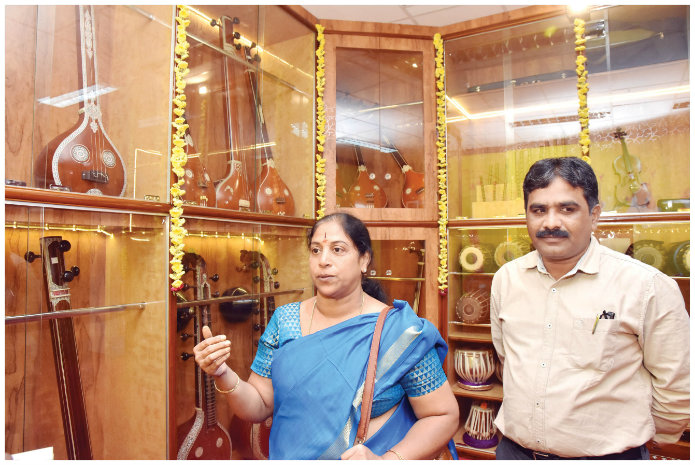
From Vontikoppal ‘Vithal Vihar’ to All India Roaming
Mysore State under the Wadiyar rulers flourished with a great emphasis on education, arts and culture. The erstwhile king Nalwadi Krishnaraja Wadiyar was a great patron of the arts and of education. The king, himself proficient in several music instruments, patronised several musicians, dancers, writers and poets. Several leading musicians from north India too found patronage in Mysore. His successor Jayachamarajendra Wadiyar was a Carnatic music composer himself and followed a similar pattern in his brief rule till India’s independence.
Mysuru Akashvani was the first private radio station in India to be started by a Psychology professor Dr. M.V. Gopalaswamy. In 1935, he started it as an amateur experimental radio station in his residence ‘Vithal Vihar’ in Vontikoppal with a low power transmitter of about 30 watts of power. On September 10, 1935 Gopalaswamy and a few of his friends gathered to launch what was India’s first private radio station.
FM radio stations were nowhere in the picture at that time. Later on, Government of India took over the station management. Dr. Gopalaswamy, a Psychology professor in Maharaja’s College later became the principal of the college.
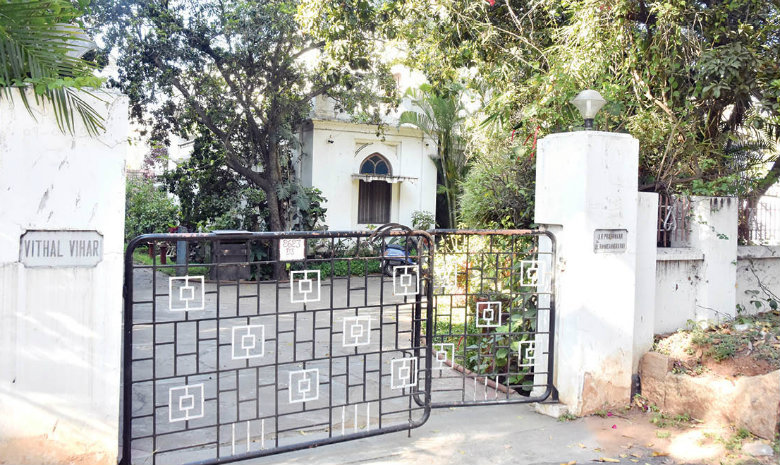
First music programme on radio
The station did make history with a performance by legendary Karnatak musician and composer Mysore Vasudevacharya with H.V. Rama Rao accompanying him on violin and Venkatesh Devar on the Mridangam, which became the first music programme on radio in the country. Gopalaswamy ran the radio station by himself for some time spending his own private finances to keep it running. It was his passion and commitment to the radio that kept him going.
But when the financial pressures mounted, he finally handed over the administration of the station to the Mysore city municipality. In 1942, the Maharaja’s office took it over. But Gopalaswamy continued to serve in the position of director. After retiring in 1943, he appointed as his successor the famous journalist and writer Narayana Kasturi.
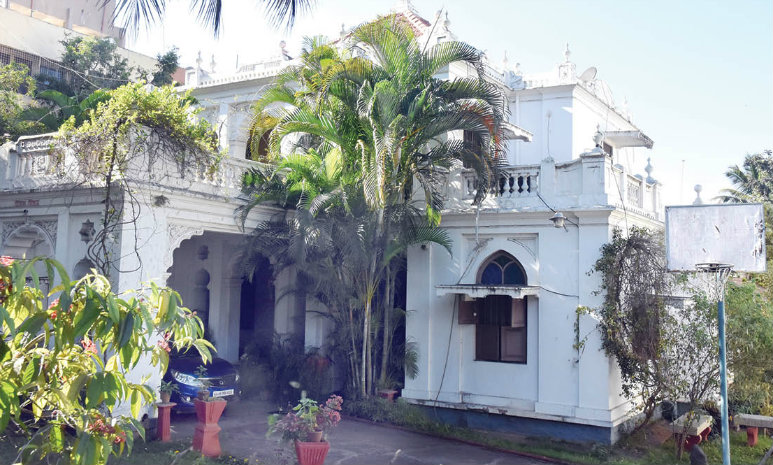
Origin of the word ‘Akashvani’
While there are various origin stories for the word ‘Akashvani’, the most popular ones give both Kasturi and Gopalaswamy credit for naming the radio station ‘Akashvani’. According to the story, while Kasturi was looking for a suitable Indian name for the station with friends, including Gopalaswamy, Kasturi’s mother overheard the conversation and came up with ‘Aakashavani’ that became Akashvani over time.
‘Aakashavani’ or ‘sound from the heavens’, received instant approval from everyone there. Kasturi made all efforts to formalise this. And the rest, as they say, is history. The name stayed even after All India Radio formally became a part of the Indian State.
Today, the Mysore Akashvani station is equipped with high-power transmitters and broadcasts programmes that are conceived and designed and performed at its own architecturally designed building. Interestingly, the present Akashvani building is located just a few yards from the same old house ‘Vithal Vihar’ from where it began transmitting decades ago. ‘Vithal Vihar’ has been sold off now.
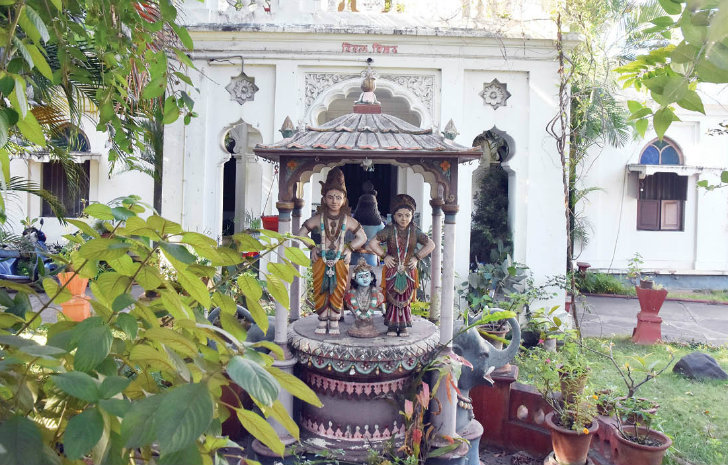
Popular among listeners
Despite the commercialisation and popularity of TV and social media, Akashvani continues to maintain its popularity among its listeners, broadcasting some unique and favourite programmes of their choice. Upgrading its technology and the standard of its programmes, it continues to reach its mass base of listeners in and around Mysuru.
Some of the firsts of the Mysore station also include ‘Gana Vihara’ music lessons, broadcasting education programme for high school students in 1950, Hindi lessons, Pathanga environmental awareness programme, broadcast of news four times a day and rural broadcasts including the programmes for farmers. Notably, farmers have joined together to have their own groups, ‘AIR listeners’ groups’ or ‘Banuli Krishikara Balaga’.
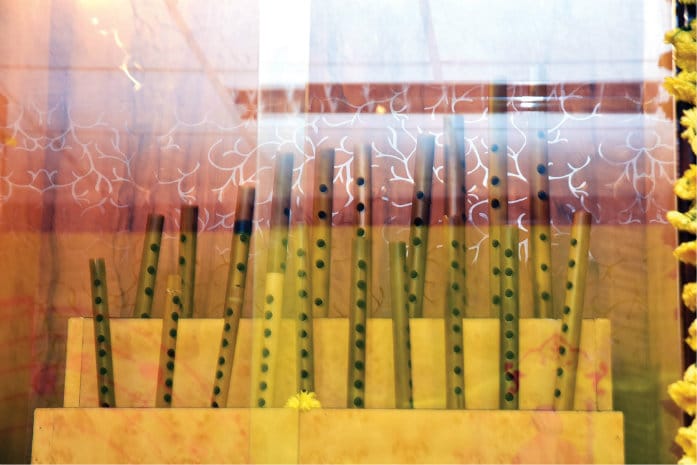
From 5.55 am to 11.05 pm
The AIR has upgraded transmission technology to FM (Frequency Modulation) from AM (Amplitude Modulation) as it ensures better sound quality. The radio programmes of AIR Mysuru now reach up to 80 km covering not only Mysuru district, but also Mandya and Chamarajanagar districts. Radio’s popularity has received a boost from mobile phone technology and car stereos where listeners can hear music on the go. The station transmits a wide variety of programmes from 5.55 am to 11.05 pm every day.
Radio’s signature tune was composed by a Jewish refugee
AIR programmes for the day begin with a ‘Signature Tune’ and ends with “Jai Hind”. The signature tune has been heard by crores of people since it was composed in 1936. Somewhat improbably, the melody, based on raga Shivaranjini, was composed by a Czech man Walter Kaufmann. He was the director of music at AIR and was one of the many Jewish refugees who found a haven in India from the Nazis.
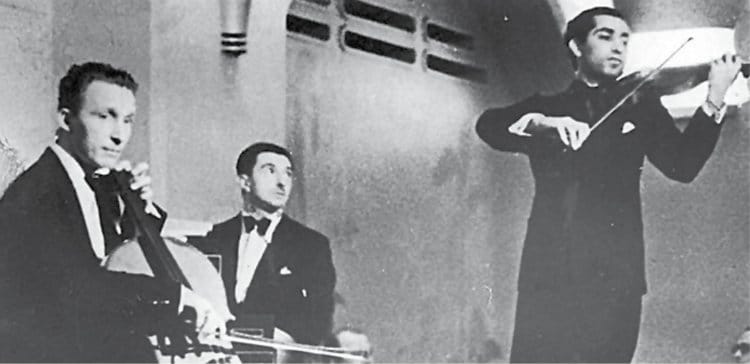
At the recording of the tune performance, Kaufmann was with piano, Edigio Verga was on cello and Mehta — the father of Zubin Mehta — played the violin.
Kauffman was forced to leave Prague because of Hitler’s fascist rule. He came to India in 1934. He lived in Bombay for 12 years and worked in the music department of AIR. He did significant research on Indian music and even worked for Hindi movies.
AIR TRIVIA
- Amitabh Bachchan, who has India’s most famous baritone, was rejected by All India Radio for a job
- Harmonium was banned on All India Radio’s networks between 1940 and 1971. The instrument was deemed incapable of handling the complex notes of Indian classical music and was also dubbed un-Indian.
- On November 1, 1967, commercials were introduced for the first time on Vividh Bharati
- Doordarshan separated from AIR on April 1, 1976
- In 2012, Bangladesh recognised Akashvani for its contribution in Bangladesh Liberation War



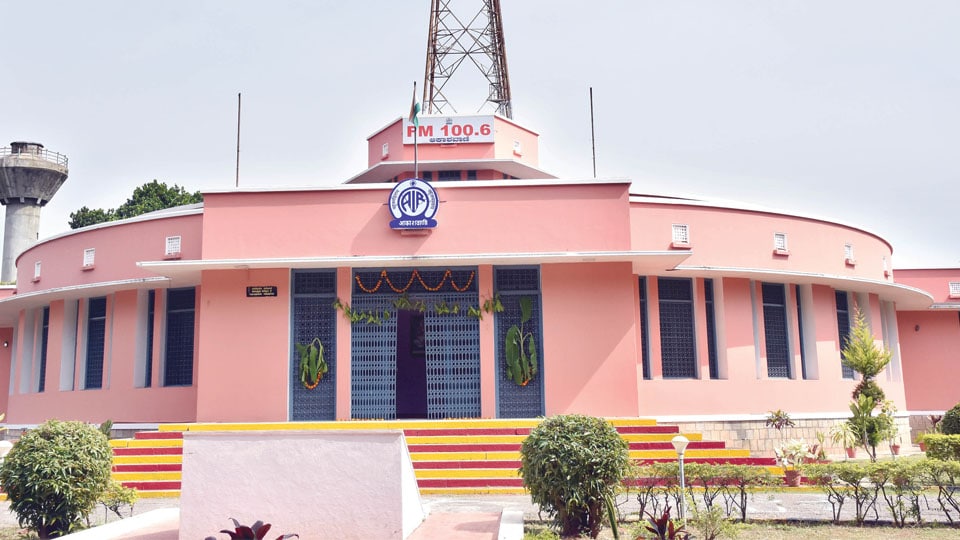
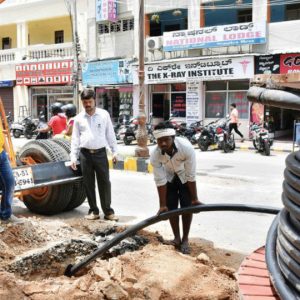
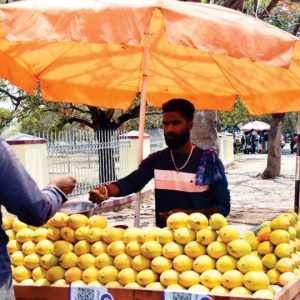
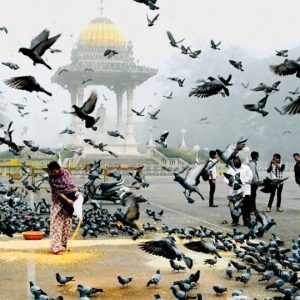
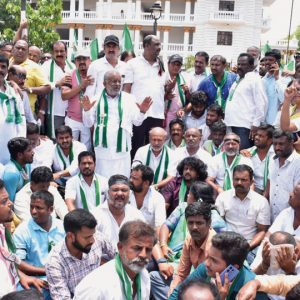
@Later on, Government of India took over the station management. Dr. Gopalaswamy, a Psychology professor in Maharaja’s College later became the principal of the college…
It was taken over by Government of Mysore Kingdom in the first place from Dr. Gopalaswamy . Even the extant Building at Mysore was constructed by the then Mysore Government. Its architect was an emigre German who worked for Mysore Government called Otto H. Königsberger . He was one of the first recipients of the UN Habitat Scroll of Honour, the most prestigious award given by the United Nations in recognition of work carried out in the field of human settlements development.
Fascinating! For me it evokes the nostalgia of my grandfather’s passion for radio and the crystal radio sets which he had assembled in the 1930s. And his hobby of radio repair (though he was a medical doctor) and my trips with him to the “Moore market” of the then Madras to get sundry second-hand spare parts for his repair work. And the strains (somewhat scratchy to modern digital ears) of Carnatic classical music from his radio that always greeted visitors to his home.
But the claim of the first private radio station in India being started by Professor Gopalaswamy in 1935 in Mysore does not seem to hold (googling) scrutiny. The first private radio station in India was apparently the Radio Club of Bombay, started in 1923, followed by the Indian Broadcasting Company (IBC) of Bombay and Calcutta in 1926.
@Govinda Pai. As some one with decades of experience in computing and IT, I often consider that believing everything that Google produces as information is not wise. The information that Google search produces is as good as those who created the piece of information where the ranking hit produced,, and in many cases, this information lacks rigorous provenance. I can give examples.
As a Mysorean then, and probably older than you, I certain endorse the Dr Gopalaswamy’s effort, as this private radio station was a serious attempt with a good reach in Mysuru then.
@Raja ” Even the extant Building at Mysore was constructed by the then Mysore Government. Its architect was an emigre German who worked for Mysore Government called Otto H. Königsberger ”
Those like me who visited this building in early 1950s in a small private middle school group guided by our science teacher, appreciate today , how far ahead the construction of the suites were then. The Wadiyars in their days encouraged innovation and did not come in the way of enterprising effort by Mysoreans or any one who settled in Mysuru in their time.
The iconic name: ” Akashvani” which encapsulated the facets of transmission and delivery of sound, was indeed the stroke of genius!
@What a culture. Point taken. Which was why I added the caveat in brackets: ” does not hold up to (googling) scrutiny.” Anyway, the point is minor, and does not detract from Professor Gopalaswamy’s pioneering efforts in those early days of radio.
@Govinda Pai By 1930, radio stations; private and public were appearing in Europe, North America and Australia. Hence, the 1936 effort by Dr Gopalaswamy was a laudable effort.
Although these days, television has been the media of choice in developing world, in the developed world, local radio stations are very popular with a good choice of listening interests such as: Jazz, Pop, News etc.. Streaming these through cell or mobile phones , with the listener concentrating on other work is the norm these days. Indians have through the phases that Westerners have gone through before radio becomes again a popular media